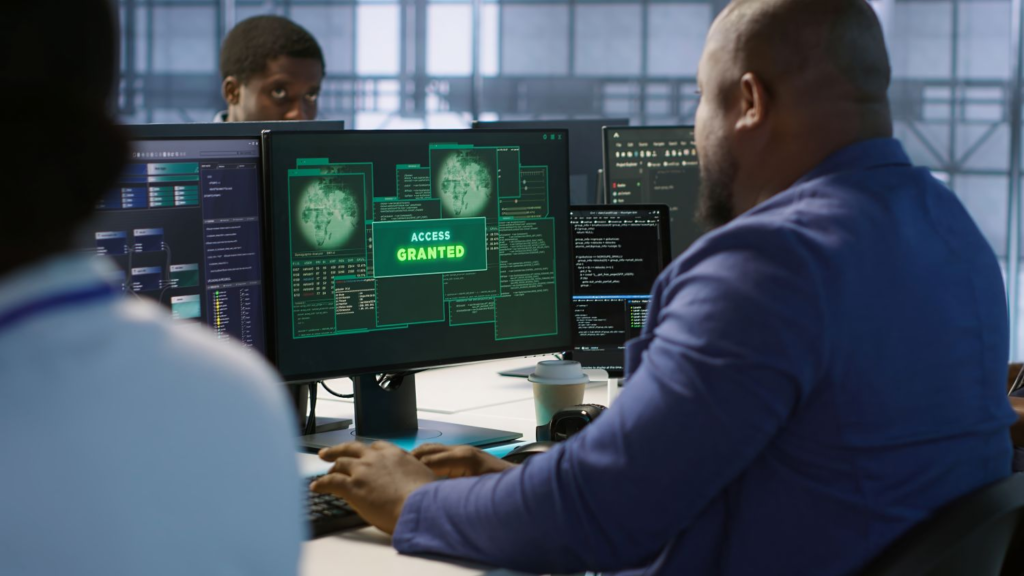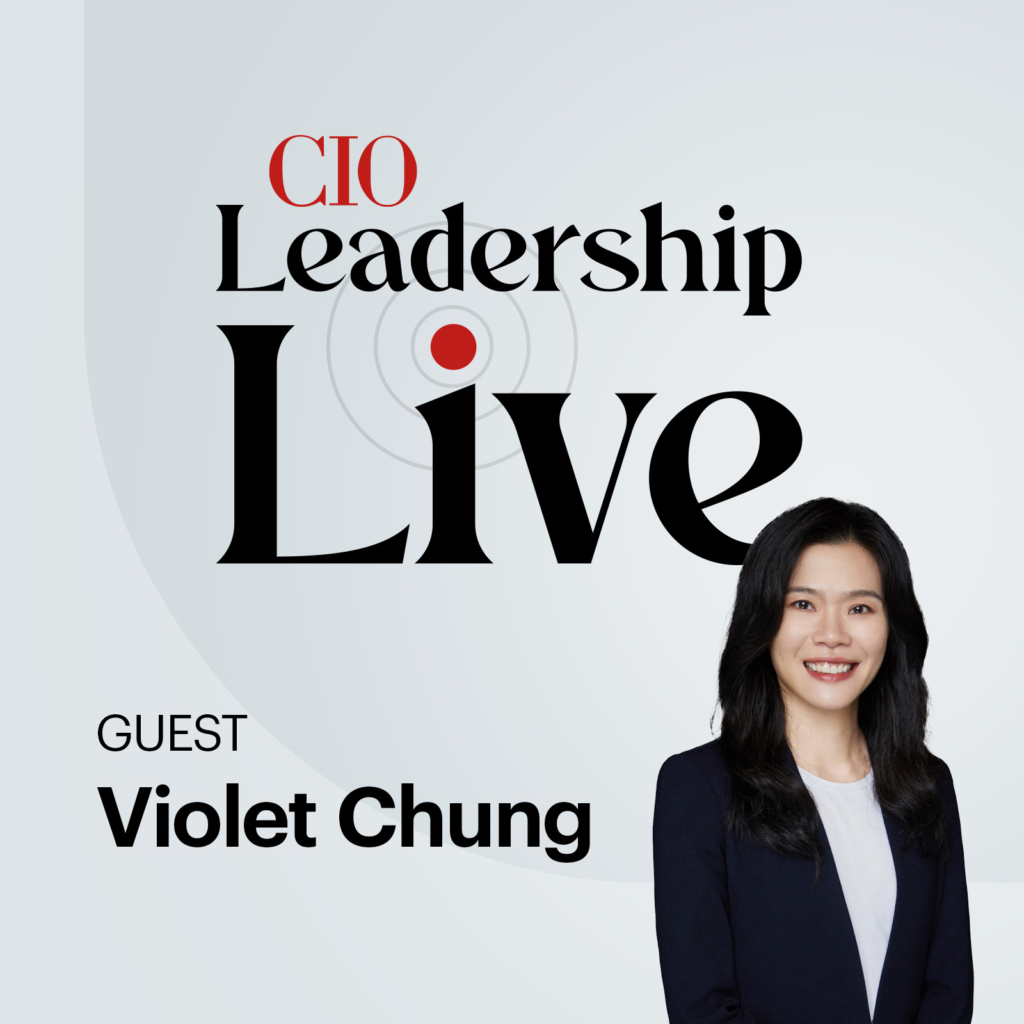Endpoints are no longer limited to PCs and laptops. Today, they encompass servers, mobile devices, Internet of Things (IoT) sensors, operational technology machines, and even intelligent workloads powered by Artificial Intelligence (AI) agents. However, each new endpoint introduces new complexities, and the proliferation of IoT devices, remote work, and multitenant infrastructure amplifies that. Traditional antivirus solutions, which rely on signature-based detection, are no match for today’s sophisticated threats. Extended Detection and Response (XDR) platforms have emerged as a response to these challenges, integrating telemetry from endpoints, networks, emails, and identity systems into a unified data lake for comprehensive security management. But adoption remains low; IDC’s Worldwide Endpoint Security Survey found that traditional antivirus/antimalware software and cloud-based endpoint security solutions are still predominantly used globally. Alarmingly, 81% of the financial industry—the most regulated and frequently targeted sector—continues to rely on outdated antivirus solutions. Layered defense: Securing every level Effective endpoint security must go beyond hybrid infrastructure coverage and address granular aspects of security. A standardized, layered approach is essential, encompassing firmware, hardware, operating systems (OS), applications, and supply chain security. Yet, many modern solutions still face limitations. IDC’s survey highlights widespread dissatisfaction among security professionals, with over half expressing concerns about their current endpoint security providers. Trusted Platform Modules (TPMs), encrypted storage, and secure enclaves are pivotal in establishing a hardware root of trust, resisting tampering and theft of cryptographic keys. Complementing this, OS security enforces stringent user permissions, deploys advanced security agents, and mediates access to resources, ensuring adaptive, real-time defenses. Modern threats increasingly target firmware, exploiting its vulnerabilities to bypass Secure Boot, conceal rootkits, and persist across reboots. 58% of respondents believe their firmware security is insufficient, leaving devices exposed for extended periods. Without firmware integrity, higher-level defenses become significantly weakened, granting attackers full system control with minimal detection risk. Supply chain security: Safeguarding every link The software supply chain, which underpins all endpoint components, has become a prime target for attackers. High-profile breaches, such as the SolarWinds hack and the Kaseya compromise, demonstrate how malicious code inserted into vendor software can proliferate across thousands of endpoints. According to IDC, 61% of organizations experienced a third-party data breach in the past year, underscoring the vulnerabilities inherent in extended supply chains. Organizations must implement comprehensive end-to-end controls, including code signing, software bills of materials, vendor security assessments, and continuous monitoring. If the supply chain is insecure, every endpoint built on it is vulnerable. AI protection for an AI landscape AI-driven endpoint security is a game-changer. Neural networks excel at analyzing vast amounts of telemetry data to identify patterns and anomalies that traditional methods might miss. This capability enhances the detection of sophisticated threats, such as zero-day attacks, and automates responses to minimize damage. Modern solutions leverage both on-device and cloud-based AI intelligence. The first offers immediate local defense, operating independently from connectivity to minimize bandwidth usage, enhance scalability, and ensure resilience against network disruptions. The latter provides a broader context, enabling real-time updates and insights derived from global threat intelligence. Combining both ensures continuous protection, even in disconnected or “air-gapped” scenarios. Prioritizing advanced threats Many organizations prioritize combating day-to-day malware and rank advanced threats like zero-day vulnerabilities and supply chain attacks low on priority lists. This misplaced focus leaves organizations exposed to risks that can severely disrupt operations, damage reputations, and result in significant financial losses. Modern endpoint security solutions must address these critical risks and offer multidimensional responses that streamline detection, containment, and remediation. Automated functions, such as isolating infected endpoints, blocking malicious processes, and rolling back changes, reduce reliance on manual intervention, ensuring faster and more efficient threat management. A truly effective security platform transcends the limitations of isolated systems, one that employs advanced analytics and extends across diverse environments. Unified solutions provide complete visibility, consistent controls, and reduced complexity. They consolidate diverse security tools into a single infrastructure, lowering total cost of ownership and accelerating response times. Centralized data lakes serve as the heartbeat of AI analysis, storing and normalizing logs from endpoints, networks, applications, and identity systems. Empowering analysts with AI AI-powered platforms transform security operations by automating routine tasks and providing intuitive interfaces. Analysts can interact with systems using everyday language, eliminating the need for complex query codes. AI also automates reporting, generating executive summaries and daily threat reports, reducing alert fatigue and enabling analysts to focus on genuine threats. To achieve robust endpoint security, organizations must: Secure every layer, from firmware to supply chains Adopt two-fold AI strategies combining on-device and cloud-based intelligence Centralize data for streamlined operations and efficient analysis Embrace automation to boost operational efficiency and accelerate response times Consolidate security tools into a unified infrastructure Focus on solutions that deliver measurable outcomes in compliance, response, and AI security AI-driven endpoint security is not just about risk mitigation, it’s about delivering tangible business value. By transforming every endpoint into a pillar of resilience, organizations can stay ahead of evolving threats, optimize costs, and enhance productivity. Learn more and download the IDC whitepaper “Endpoint Security in the Age of AI”. Wish to connect with the Lenovo ThinkShield team to explore how Lenovo security portfolio can protect your business? Click here. The future of cybersecurity is here. Take the first step toward smarter security today. source













